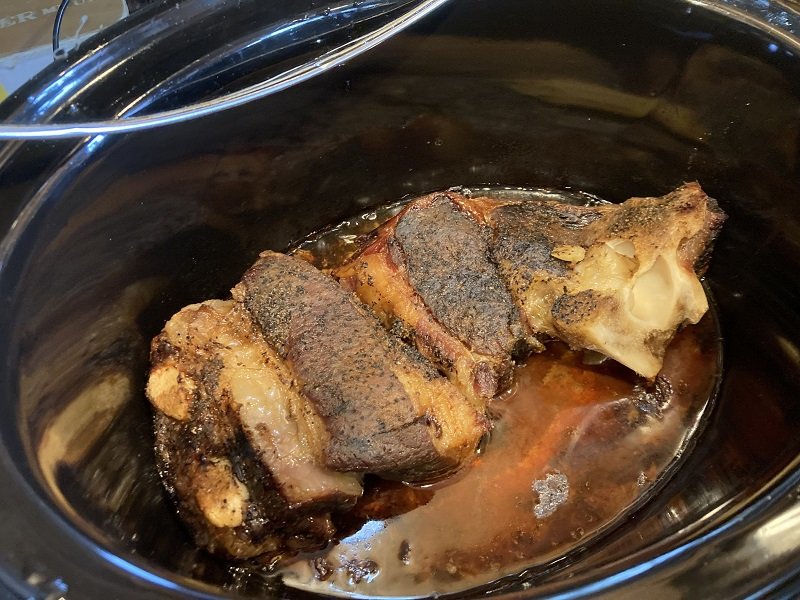Accessing locally raised food will restore your confidence in the food you put on the table. At the end of this blog, I’ll share with you one simple practice to further build confidence and develop a connection with your food.
There are a lot of unknowns about some grocery store products. You don’t really know where the food came from or how it was produced. You don’t know if it contains toxins that you don’t want to be feeding your kids. You don’t ask, “How was it raised”, “who raised it”, “are they paid fairly”, “do the animals have a humane living environment, how about the workers”. You don’t ask because you know that the grocery store doesn’t have the answers, and it can be time consuming or impossible to find the answers yourself.
Just this week, I read an article that Consumer Reports found high levels of lead, cadmium, and other contaminants in Lunchables! Those little prepackaged snacks designed specifically for kids to build and eat! Yet another reminder to stick with whole, locally sourced foods as much as possible.
Contrast the grocery store experience with the supreme confidence that comes from accessing local food. You know exactly where it was raised, and have the option to view the fields and talk to the farmers. You know what the land looks like, you can see what the living conditions are for the animals. You get to learn about agriculture in your community. You develop a perception and competence about food in your region, how it is produced and how it ends up on your plate. You can talk to the farmer and see that he or she is a person just like you.
Bringing home local food and putting it into your fridge or freezer can feel satisfying in itself, but for that deepest sense of gratitude take it one step further.
Next time you sit down for a meal with some locally sourced ingredients, after giving thanks and before you start eating, take a moment to appreciate the quality of the food, and how much you know about the food. Take a look at your plate and ask yourself: Where did this food come from? Who produced it? How did it get to your plate? Etc. I like to do this from time to time to remind myself how lucky I am to have access to local food, and also to think about how easy it is to end up with strange food on my plate. Strange in that I do not know where it came from.
On the best days, all of the main items on my plate come from my farm, another local farm, or they are items harvested from the local woods and waters. This doesn’t happen often, but when it does, it brings the most comforting inner satisfaction to a meal enjoyed with my family.
Try this practice of taking a minute to appreciate your food to develop that deep satisfaction and connection with your food. If, once in a while, you can answer those questions for all or at least some of the items on your plate, I promise it will give you the deepest gratification as you eat, and watch your kids eat. You’ll know exactly how you are connected with agriculture in your community, the health of the land, the health of the animals, and ultimately, the health of your own family.
Please share this with someone who would like a little more confidence in and connection with their food.
Happy eating,
Herman











